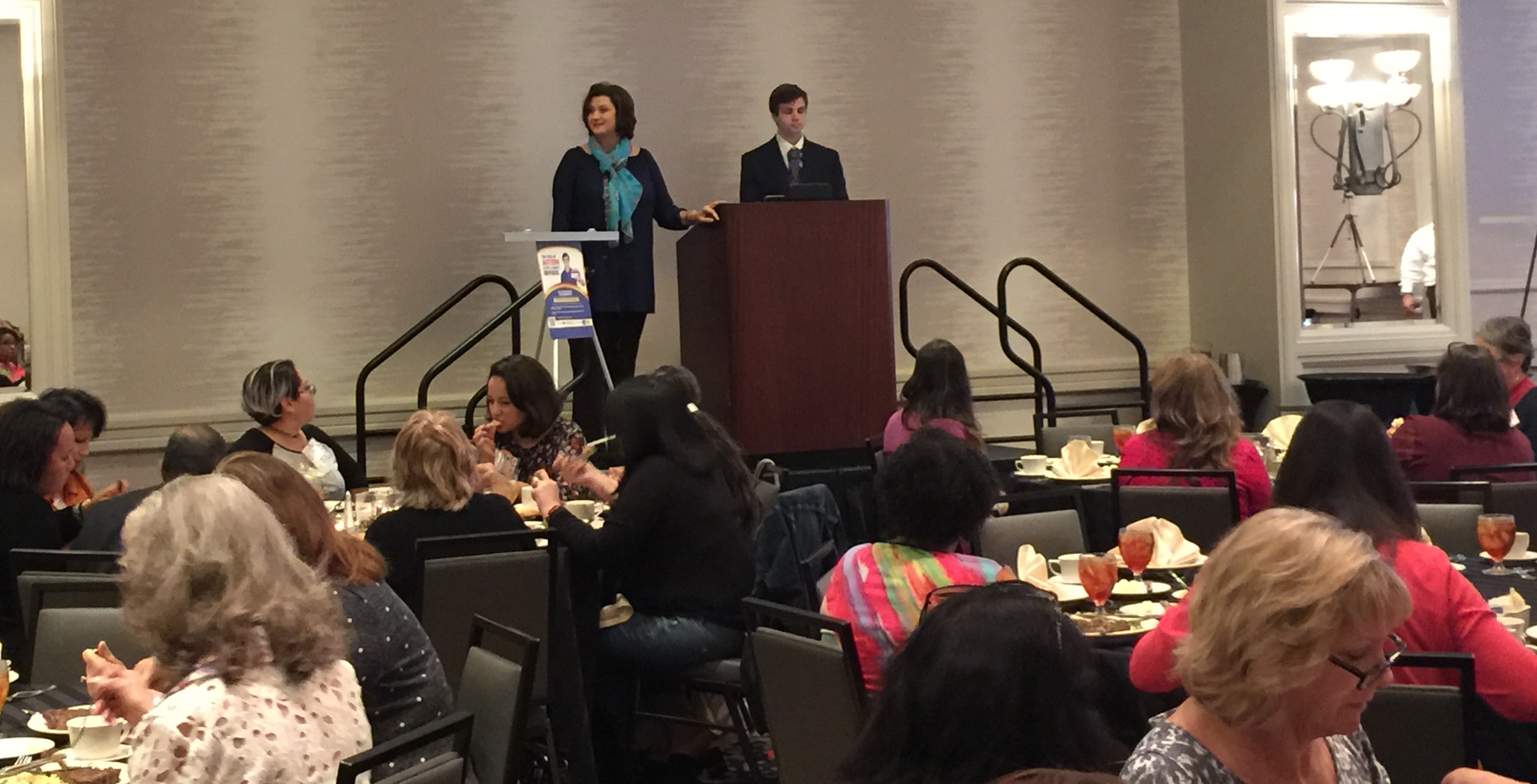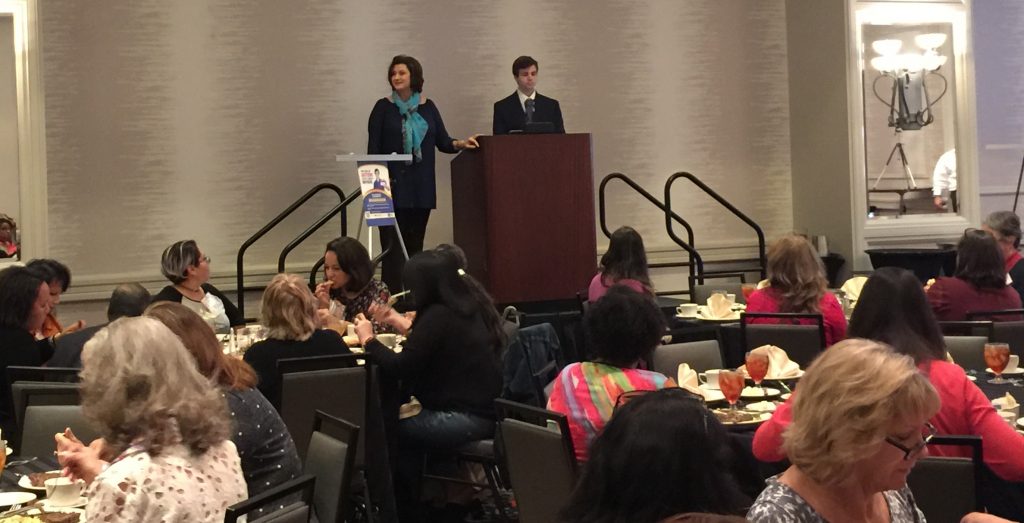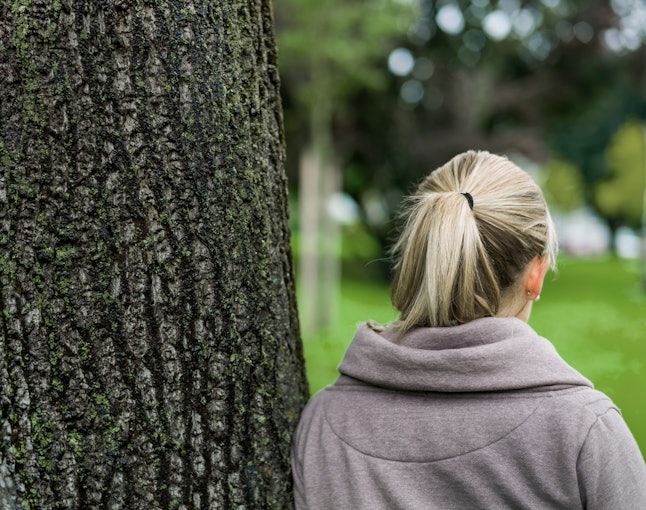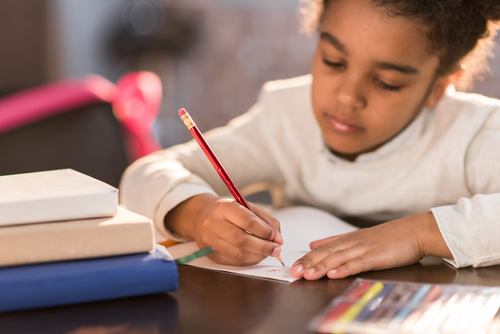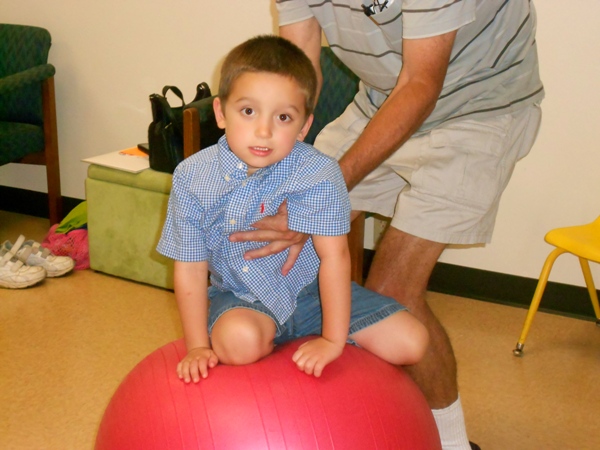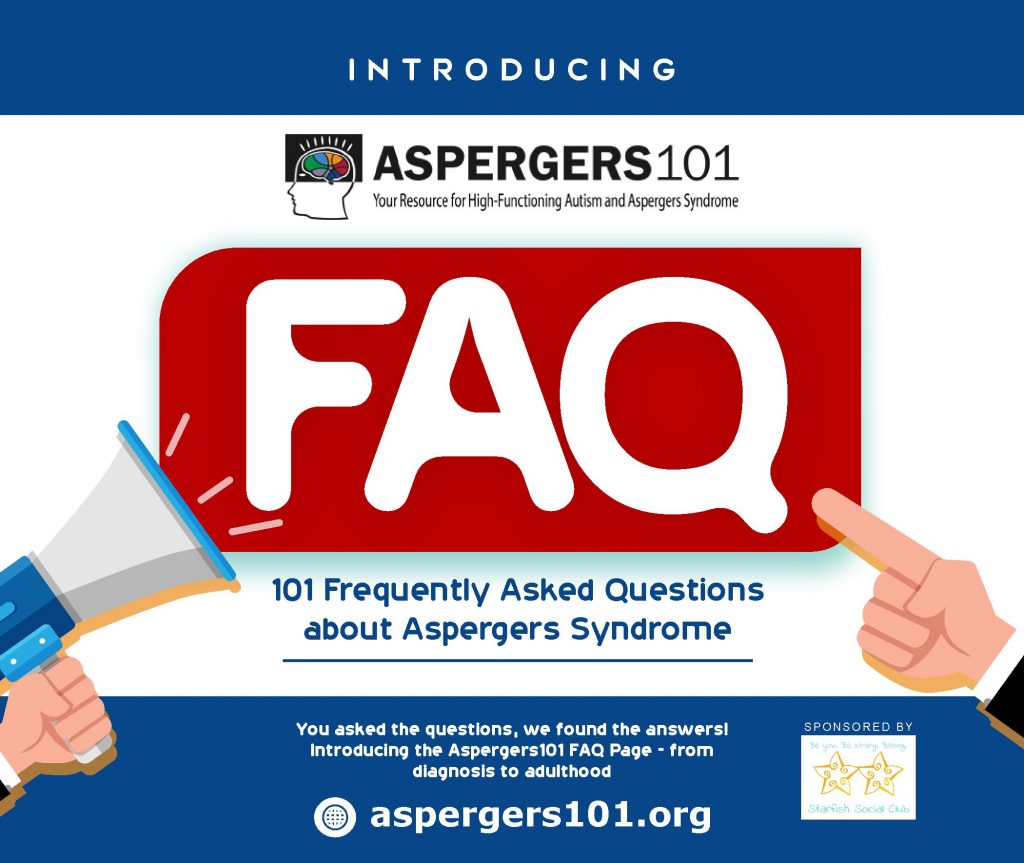
The results of the survey conducted by Centers for Disease Control and Prevention from 2012 and 2013, show that the number of cases went up significantly to every 1 in every 80 children having ASD.
In the following year, the CDC conducted a National Health Interview Survey to note any progressions in the patterns of autism across the US. The survey showed that ASD was more prevalent than it had ever been, with every 1 in 45 children having the symptoms of autism.
What caused such a big rise in the number of autism cases?
The new questionnaire used in the 2014 survey by the CDC may hold an important role in it. The questionnaire used in the most recent survey also asked about Asperger’s syndrome unlike the ones conducted previously.
Asperger’s syndrome used to have its own, separate diagnosis until 2013 when it was enlisted with the autism spectrum disorders and no longer considered a different health condition.
The question regarding Asperger’s syndrome held a significant role in the sudden rise in the rates of autism cases in the most recent survey.
But it is argued that there are also a number of other reasons which have played an equally important role.
Are Asperger’s syndrome and Autism similar?
Autism and Asperger’s syndrome have similar symptoms in children and cause about same issues. Children who have either of the conditions have similar troubles like the inability to make eye contact and expressing their feelings and problems in picking up body language.




